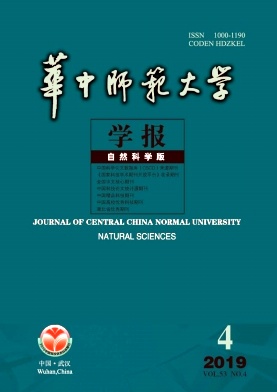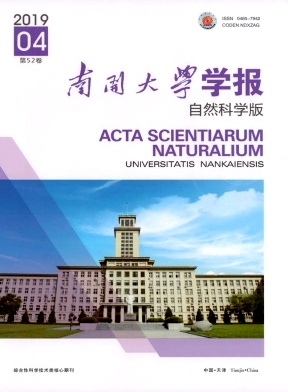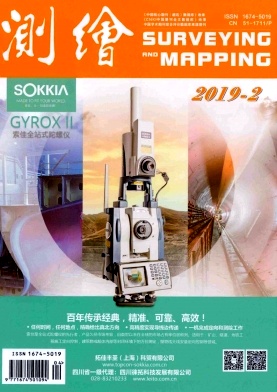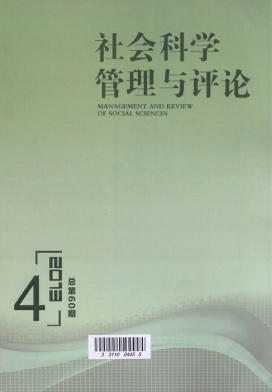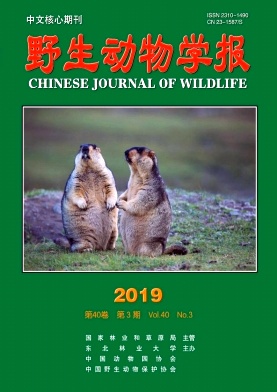《Chinese Optics Letters》于2003年创刊,由中国光学学会和中国科学院上海光学精密机械研究所主办,中国激光杂志社出版,美国光学学会全球发行的国际性英文版学术期刊。
《Chinese Optics Letters》自创刊时即坚持走国际化办刊路线,其宗旨是快速、全方位地报道国际光学领域中的最新理论研究、科技成果和创新技术。
《Chinese Optics Letters》目前已被SCI-E、EI、CA、CSA和MSB-S等世界知名检索机构收录。2014年SCI影响因子为1.851。
《Chinese Optics Letters》是我国唯一全面反映激光领域最新成就的英文版专业学报类期刊。主要发表我国在激光、光学、材料应用及激光医学方面卓有成就的科学家的研究论文。
《Chinese Optics Letters》为月刊,每月10号出版。审稿周期约30天,平均发表周期约100天。COL采用OCIS编码对论文进行分类,方便作者、读者查阅。每篇论文都具有DOI号,便于在CrossRef系统中被交叉引用。
说明:该杂志未出现在最新新闻出版总署目录内,本站仅做历史信息展示,不提供任何服务。
ISTP期刊、知网收录(中)、万方收录(中)、文摘与引文数据库、上海图书馆馆藏、SCI 科学引文索引(美)、国家图书馆馆藏、CA 化学文摘(美)、维普收录(中)、统计源核心期刊(中国科技论文核心期刊)、CSCD 中国科学引文数据库来源期刊(含扩展版)、EI 工程索引(美)
中国核心期刊遴选数据库、中国期刊全文数据库(CJFD)
光纤光学与光通信、激光器与激光光学、材料、非线性光学、量子光学
声明:
①本页面非期刊官网,不以期刊名义对外征稿,仅展示期刊信息当做参考资料.如果您要投稿、要查稿,请移步至期刊官网.
②如果您是期刊负责人且不想本平台展示期刊信息,可联系在线人员予以删除.
③如果需要期刊学术咨询服务可以联系学术顾问:服务详情
1. Title
The title should be concise but informative. Avoid beginning with an article or a preposition. The words "new" or "novel" should be avoided in the title and the text for legal reasons. Titles may be edited by the publisher to facilitate computer search.
2. Author names and Affiliations
Author names should be given in full and consistent form to facilitate indexing. Affiliations and postal addresses for all authors should appear on the title page.
3. Abstract
The abstract should be no longer than 100 words. It should be informative, without descriptive words or citations, and contain the major conclusions and quantitative results or other significant items in the paper. Together with the title, the abstract must be adequate as an index to all the subjects treated in the paper, and will be used as a base for indexing.
4. OCIS Codes
OCIS codes should be provided to help with indexing. This set of codes was formulated by the Optical Society of America and well-known in the optical research world. OCIS codes are available on Chinese Optics Letters’ web page and the OSA publication web pages. Each manuscript must be given 2-4 OCIS codes below the abstract, and the principal index code should be placed first.
5. Equations
Equations should be punctuated and aligned to bring out their structure, and numbered consecutively in round brackets on the right-hand side of the page.
Notation. Notation must be legible, clear, compact, and consistent with standard usage. In general, acronyms should be defined at first use.
Variables and Vectors. Set single-letter variables in italics (Eg. M). Set vectors in boldface (Eg. m). Functions, derivative "d," abbreviations, and multi-letter identifiers should be set in roman (plain) type (Eg. α, cos, ∫...dx).
Fences. For simple bracketing the usual order of parentheses and brackets is { [ ( { [ ( ) ] } ) ] }.Bit and Byte. The standard abbreviations for bit and byte are b and B, respectively. To avoid confusion, these units should be spelled out in most cases (1 bit, 20 GB). Display equations should be broken and aligned for two-column display unless spanning across two columns is essential. Equations should be centered with equation numbers set flush right. For Math Type math, use the Format Equations feature to format all equations as Times + Symbol 10. Note: There must be a blank line space above and below each displayed equation.
6. References
References should be numbered consecutively in the order in which they are first referenced in the body of the manuscript. Two references [2,3] should be included together, separated by a comma, and three or more consecutive references should be indicated by the bounding numbers and an en dash [1-4]. When compiling your references, be sure to include the titles of articles. COL requires this information before a paper can be sent to peer review. The reference titles will subsequently be removed by copy editors before they are published, so this information is not included in the length estimate sent to authors when a positive decision is made by the editor. All reference authors should be included in the reference list but when reference authors are mentioned in the text, use surnames only (unless further clarity is needed), and use "et al." and first author name when three or more authors are given. The format of references is as follows:
Journal paper
1. Q. Ji, X. Ma, J. Sun, H. Zhang, and Y. Yao, "Novel method for measurement of effective cavity length of DBR fiber", Chin. Opt. Lett. 8, 398 (2010).
Book
2. N. Bloembergen, Nonlinear Optics (Springer, 1965).
Paper in published conference proceedings
3. R. E. Kalman, "Algebraic aspects of the generalized inverse of a rectangular matrix", in Proceedings of Advanced Seminar on Generalized Inverse and Applications 111 (1976).
SPIE proceedings
4. S. K. Griebel, M. Richardson, K. E. Devenport, and H. S. Hinton, "Experimental performance of an ATM-based buffered hyperplane CMOSSEED smart pixel array", Proc. SPIE 3005, 254 (1997).
Paper accepted for publication
5. H. Qi, M. Zhu, W. Zhang, K. Yi, H. He, and J. Shao, “Dependence of wavefront errors on the nonuniformity of thin film", Chin. Opt. Lett. (to be published).
Internet links
6. A. G. Ramm, H. Wang, and J. Ye, "Invisible obstacles", http://www.arxiv.org/abs/math-ph/0608034 (June 1, 2011).
Patent
7. K. Zhang, J. Zhang, R. Wang, R. Guo, J. Wang, and K. Peng, “All solid state single frequency and frequency-doubled laser” (in Chinese) Chinese Patent ZL98125474.8 (2000).
7. Figures and Tables
Figures should be suitable (resolution above 300 dpi) for immediate reproduction and embedded in the text. They should be set as one column wide (6-8 cm) if possible unless two-column display is essential. In the figures, the main lines should be about 0.3 mm in width, and the assistant lines 0.15 mm. Notations in the figures should be distinct and consistent with the same ones in the text, and their font size will be 7-9 pt. Figures should also be uploaded as separate figure files. Each figure should have its own caption. Color Art is Online Only, and free to authors.
Tables must be numbered in order of appearance and identified with appropriate titles. The table title, which should be brief, goes above the table. Note that tables are usually typeset, not scanned (tables cannot be electronically reduced in size). Tables should be set in one column wide if possible and be placed near their first mention in the body.
8. Article Length and Proof
Note that Chinese Optics Letters has a limit of five printed pages. If a paper exceeds this limit, it must be shortened before the paper is accepted. If the page proof is over the five-page limit, the proof must be shortened before the paper can be assigned to a final issue. Authors should use the COL Word or LaTeX templates to prepare manuscripts to facilitate length checking.
-
当您需要提升文稿内容质量时
我们提供以下服务英文润色
学术翻译
论文查重报告
内容评估报告
论文初审服务
文献检索
-
当您需要论文初投协助时
我们提供以下服务期刊推荐
字数缩减
格式排版
图片优化
投稿信指导
投稿协助
-
当您需要投稿后续支持时
我们提供以下服务多轮润色(365天内)
回复信审查
多次翻译润色
拒稿支持
拒稿重投
-
当您需要扩大科研影响力时
我们提供以下服务图文摘要
简明摘要
期刊封面图设计
图像优化
表格优化
科研插图制作

